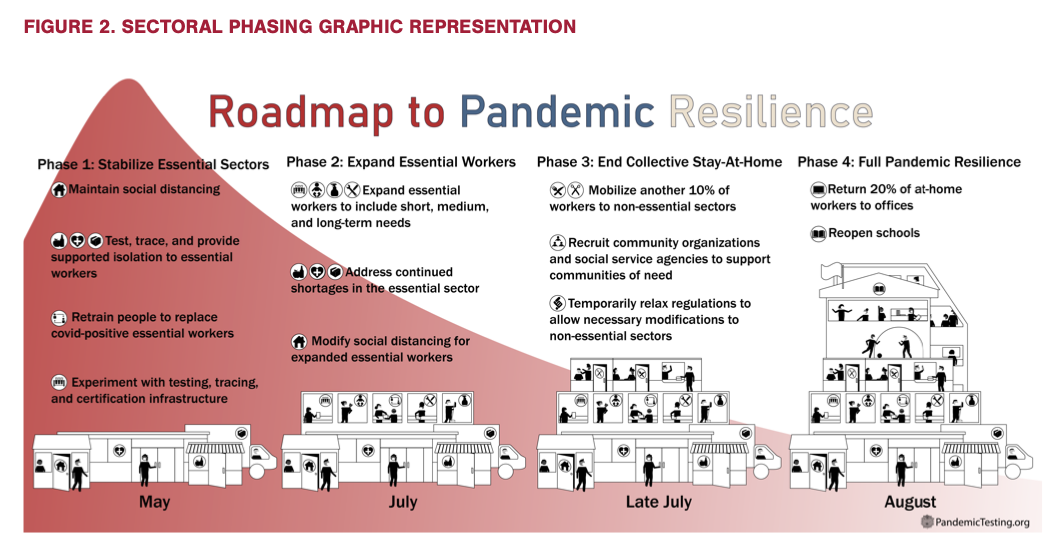Shake Shack, the fast-casual burger chain with hundreds of locations across the country, announced Monday it will be returning a $10 million small-business loan granted through the Paycheck Protection Program.
“While the program was touted as relief for small businesses, we also learned it stipulated that any restaurant business—including restaurant chains—with no more than 500 employees per location would be eligible,” Danny Meyer, the CEO of Union Square Hospitality Group (USHG), and Randy Garutti, the CEO of Shake Shack, wrote in a statement. “We cheered that news, as it signaled that Congress had gotten the message that as both as an employer, and for the indispensable role we play in communities, restaurants needed to survive.”
But that $349 billion fund, intended to inject life into small businesses struggling amid COVID-19 shutdowns, ran dry last Wednesday, prompting Meyer and Garutti to reassess the funding they’d received.
“Late last week, when it was announced that funding for the PPP had been exhausted, businesses across the country were understandably up in arms,” they wrote. “If this act were written for small businesses, how is it possible that so many independent restaurants whose employees needed just as much help were unable to receive funding?”
Shake Shack, which has laid off 2,000 employees and is facing operating losses of over $1.5 million each week, received the capital it needed through a public-market equity transaction. Though the company says that the $10 million would be helpful, they acknowledge that other businesses need it more and said that they will return it “immediately.”
The Paycheck Protection Program’s allocated funding evaporated in less than two weeks, setting off another debate on Capitol Hill. As of Monday afternoon, it appeared that Democrats and Republicans were nearing an agreement that would funnel $310 billion toward small small-business loans, with an additional $75 billion for hospitals and $25 billion for increased virus testing.
That large hotel and restaurant chains were ever eligible for government assistance prompted a backlash that only intensified as smaller dining establishments learned they would not receive funding. Not only do those larger companies have a much higher likelihood of securing down funding from private lending markets, they also have strong corporate relationships that allow them to expedite the application process.
“This industry rises and falls together,” they wrote. “And if there is a concern that once again the government will have not allocated adequate funding, then send business to the front of the PPP line which has more limited access to outside funding.”
The two men also drew attention to some of the more problematic parts of the program, noting that the loan forgiveness terms are highly unrealistic and that many small businesses are unable to secure help from major lenders in the face of exclusive loan terms.
In order to qualify for loan forgiveness, 75 percent of expenses must be spent on payroll—already a tough ask for companies that have no customers, but still bills to pay. Yet the legislation also stipulates that companies restore pre-coronavirus “full-time employment and salary levels” by June 30, 2020. Meyer and Garutti suggest that the government “make all PPP loans forgivable if an adequate number of employees are rehired by a minimum 6 months following the date that a restaurant’s state (or city) has permitted a full reopening to the public.” It’s a decent idea, but as with aspects of the PPP as written and implemented, the 6-month window would be easier for some companies to comply with than others.
“Shake Shack, like all restaurant businesses in America, is doing the best we can to navigate these challenging times. We don’t know what the future holds,” wrote Meyer and Garutti. “Our people would benefit from a $10 million PPP loan but we’re fortunate to now have access to capital that others do not. Until every restaurant that needs it has had the same opportunity to receive assistance, we’re returning ours.”
from Latest – Reason.com https://ift.tt/2VrT8zD
via IFTTT
